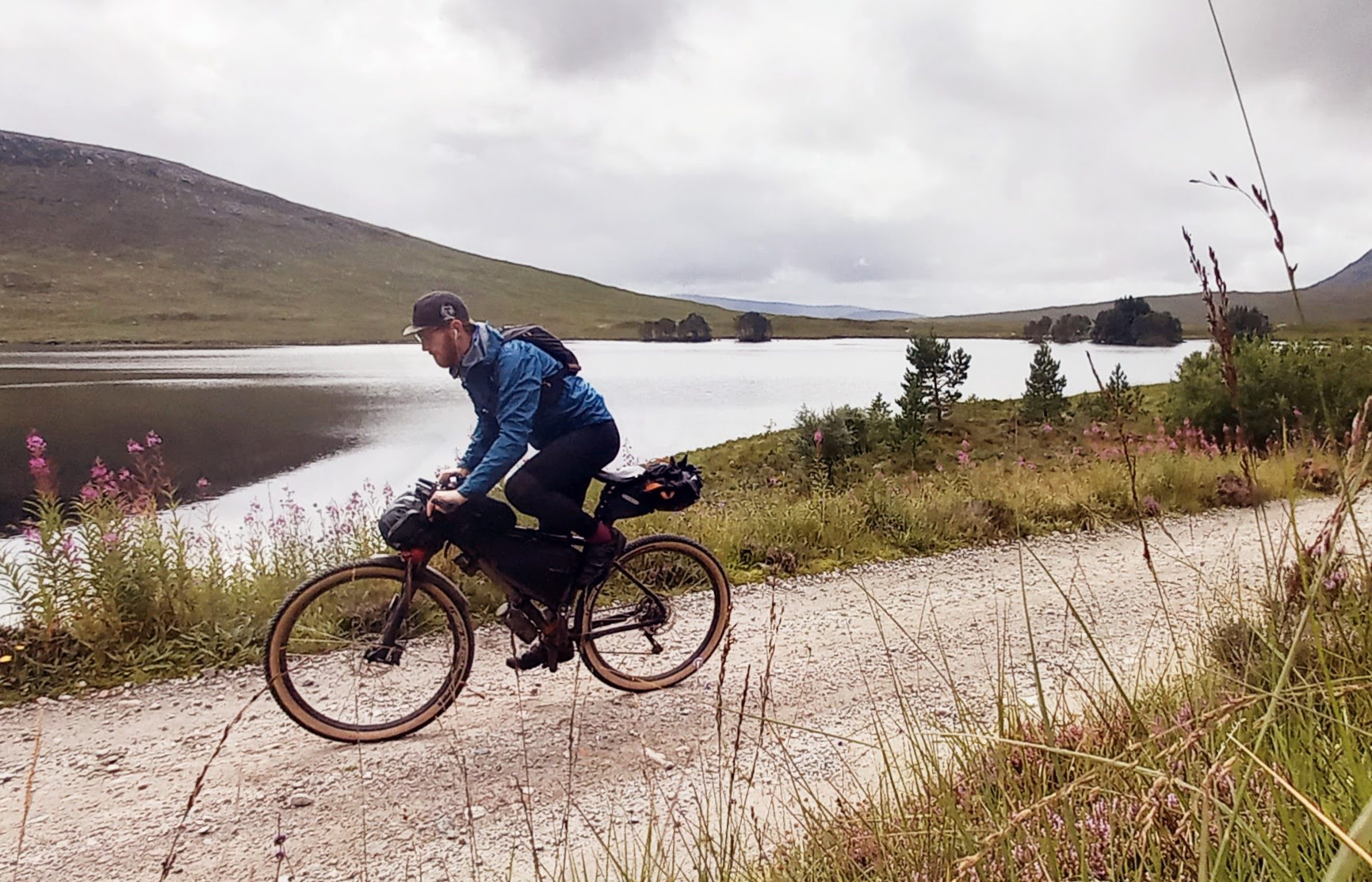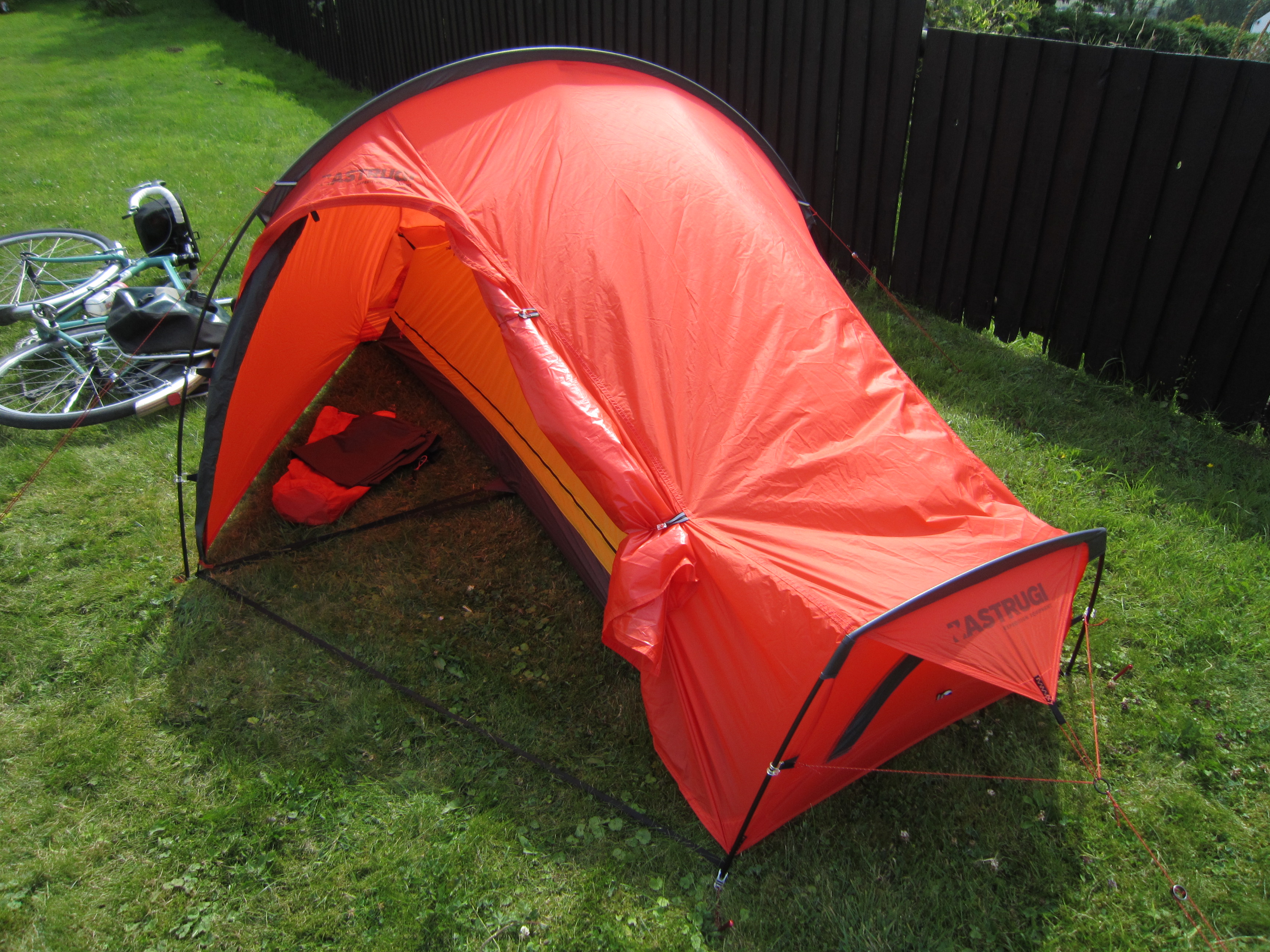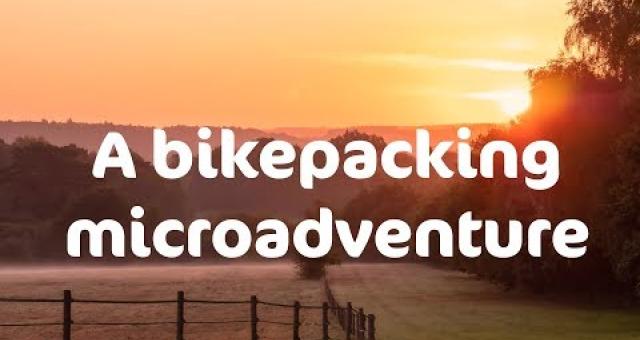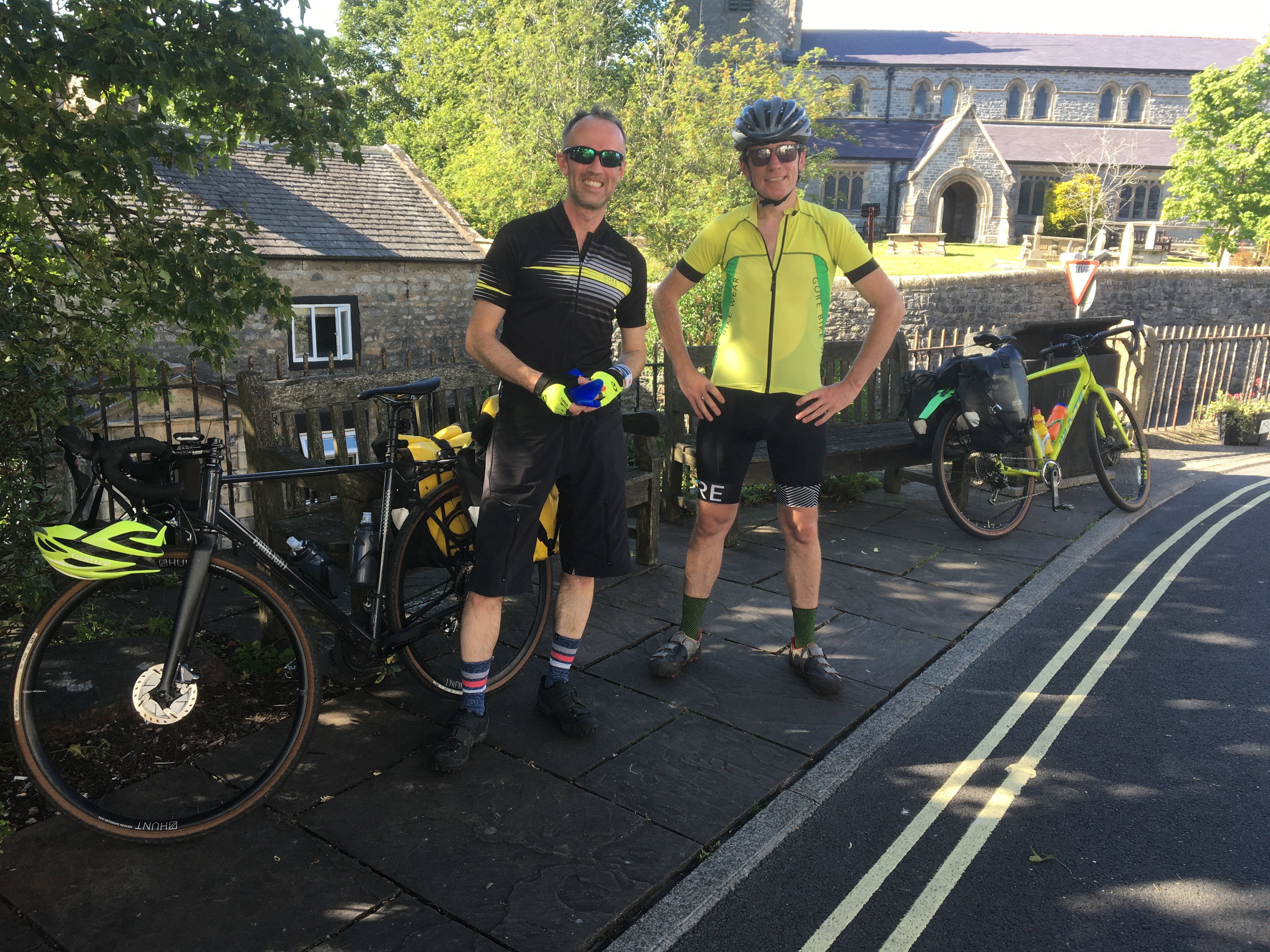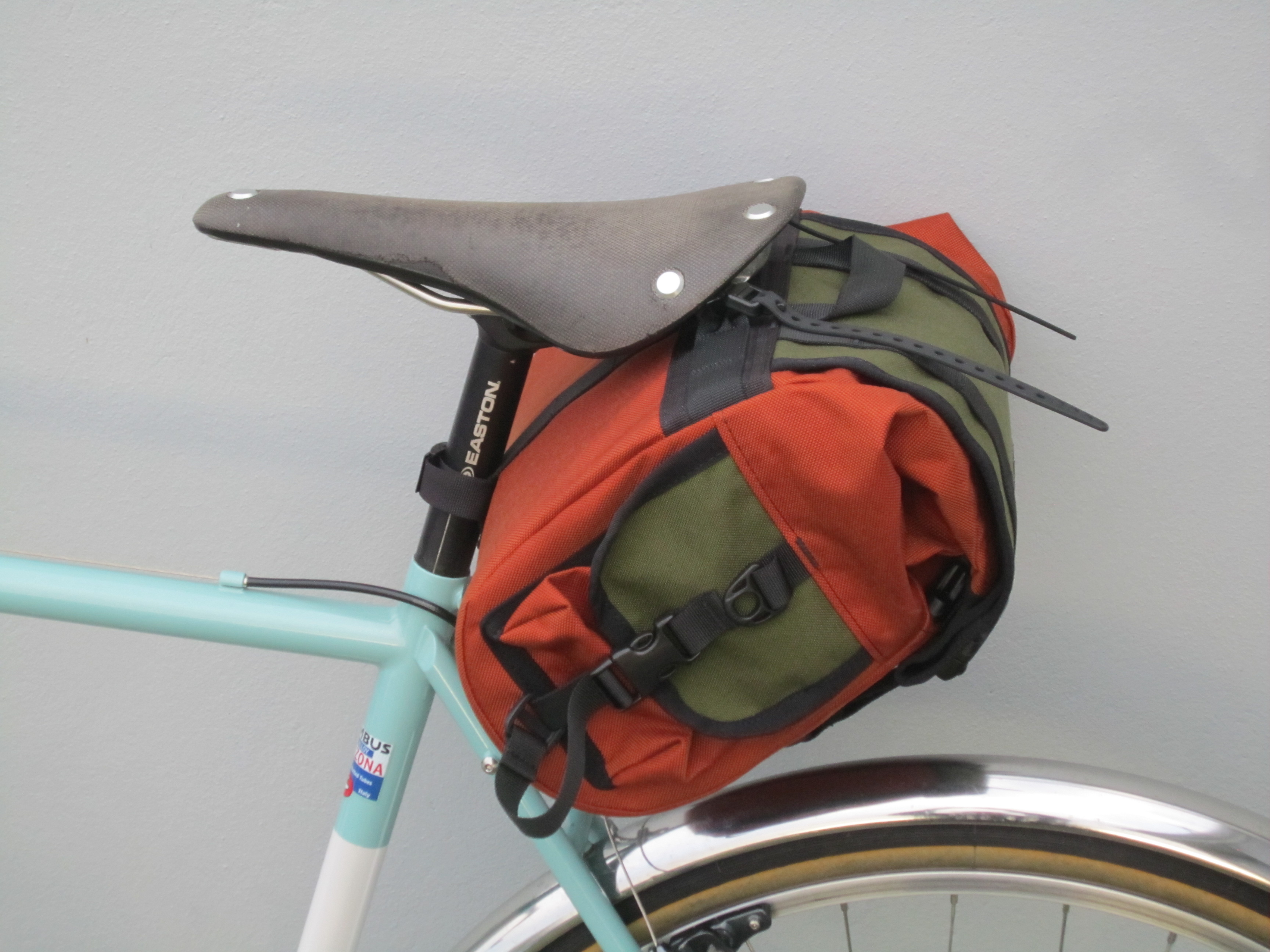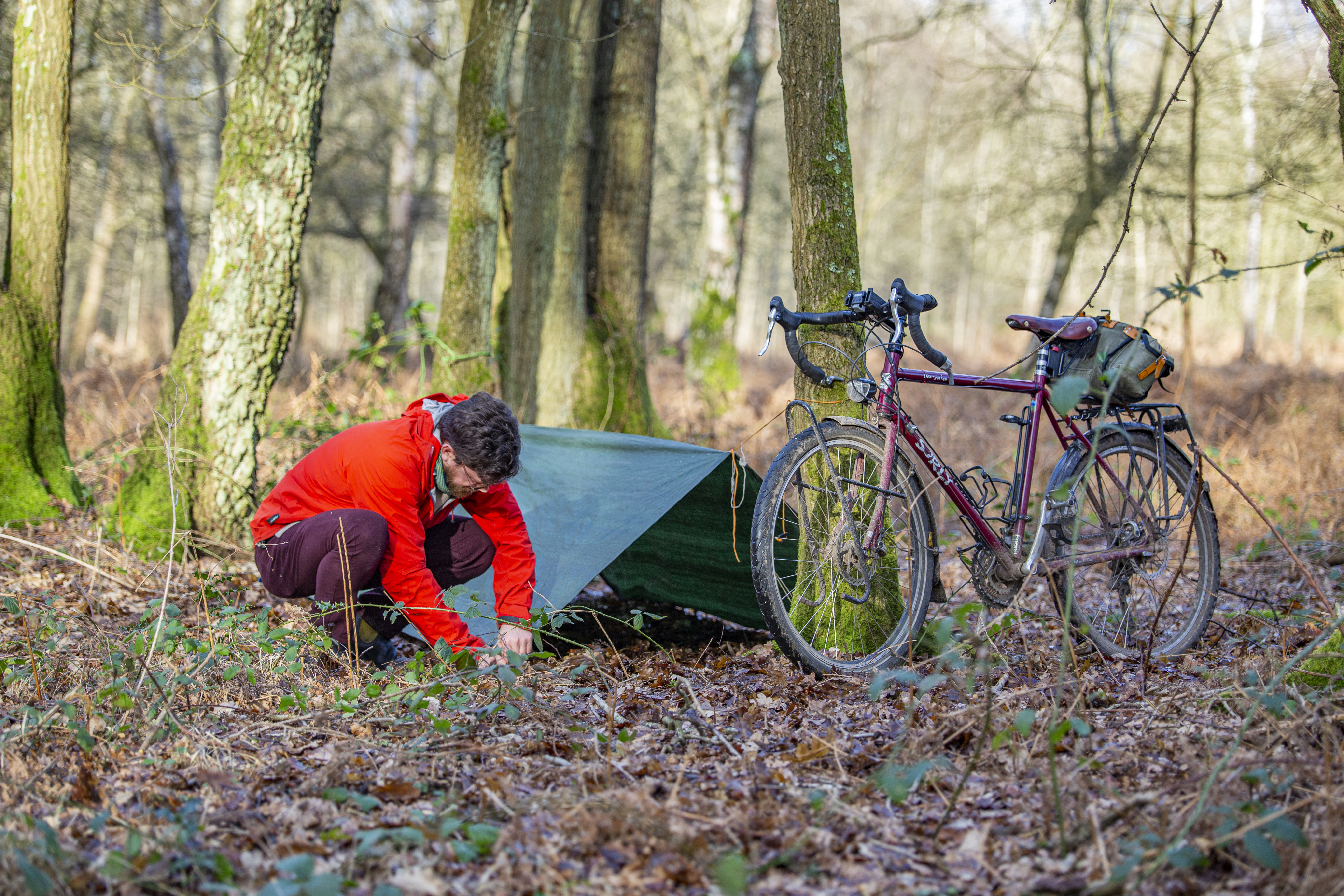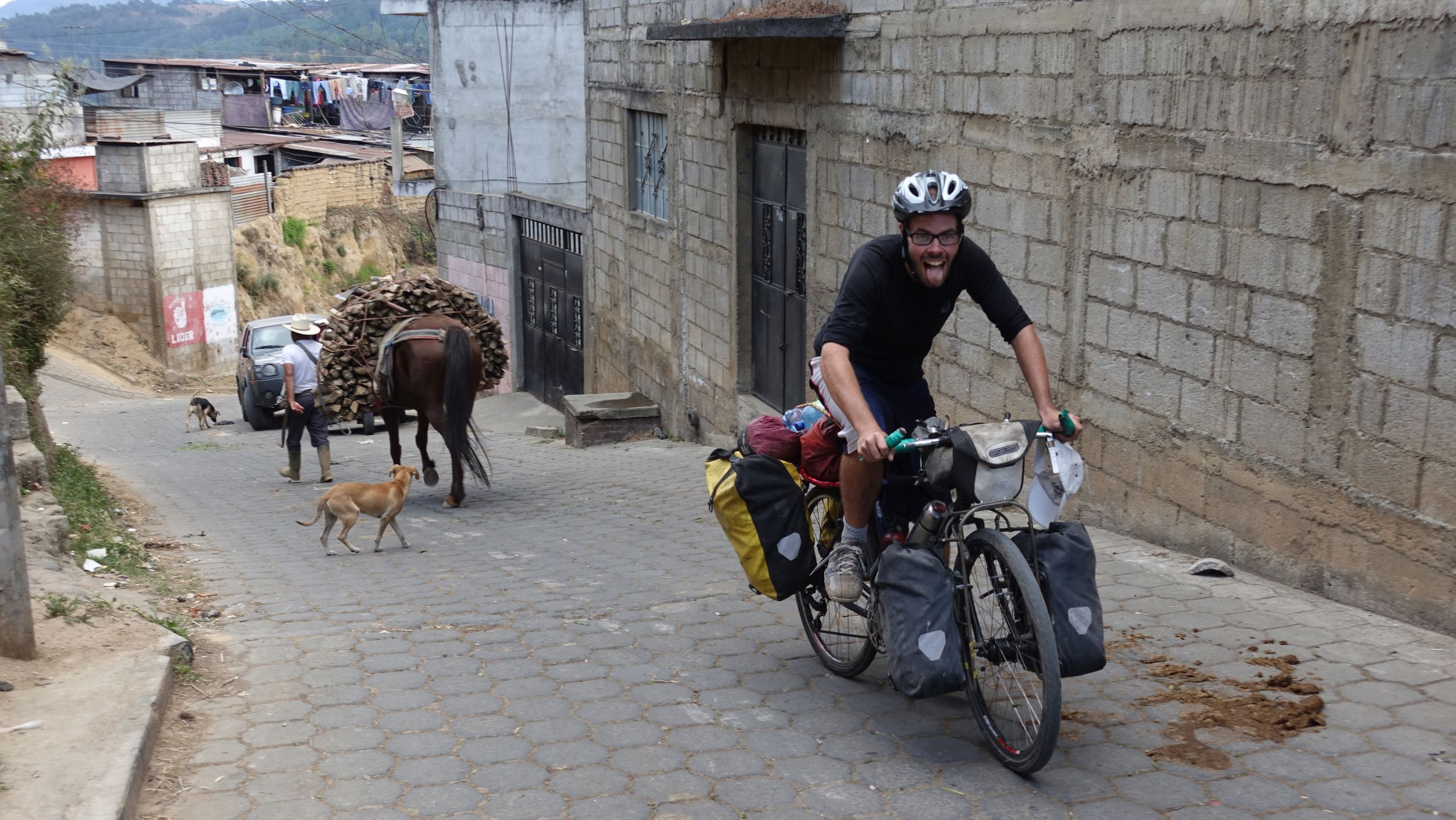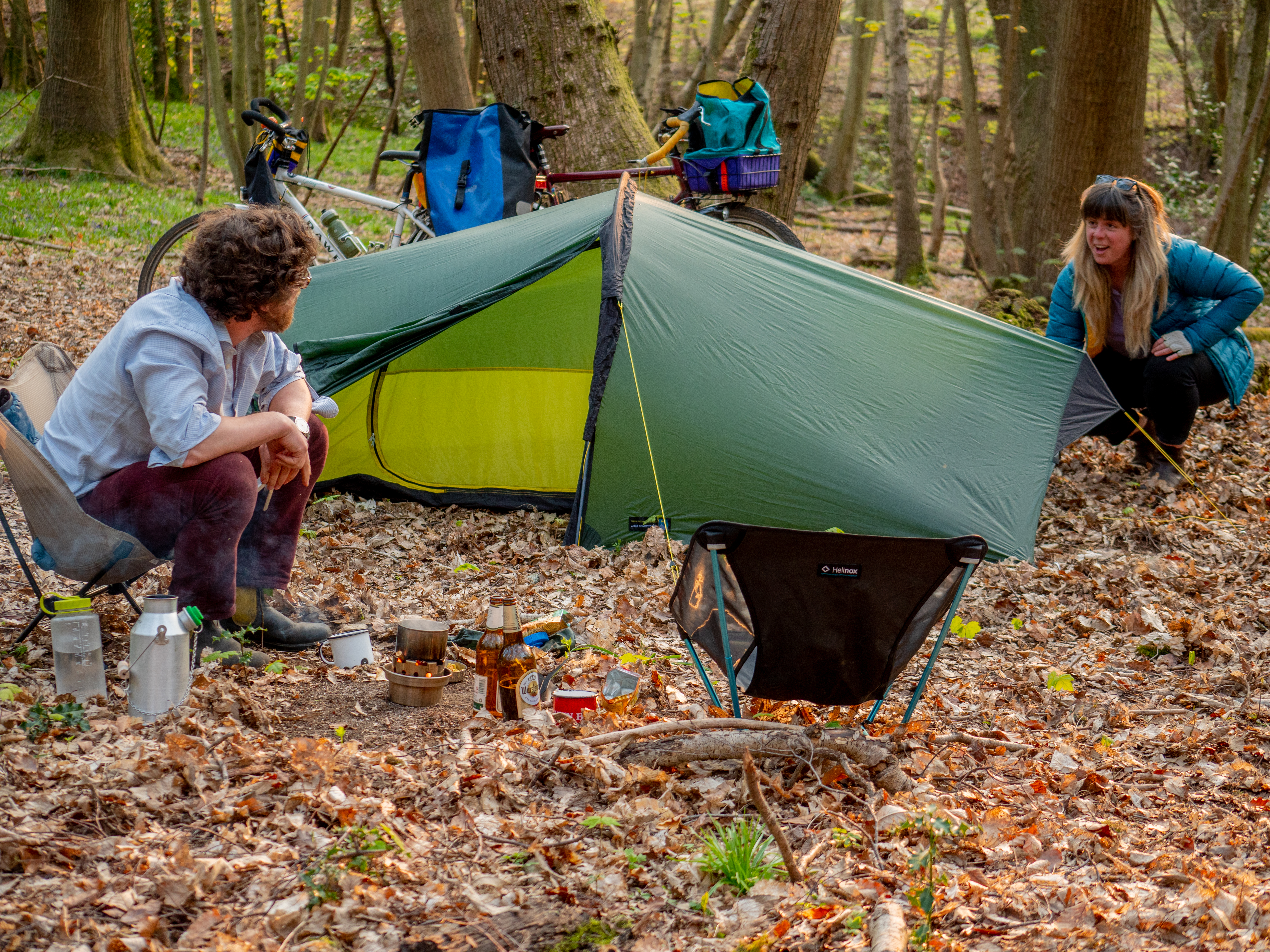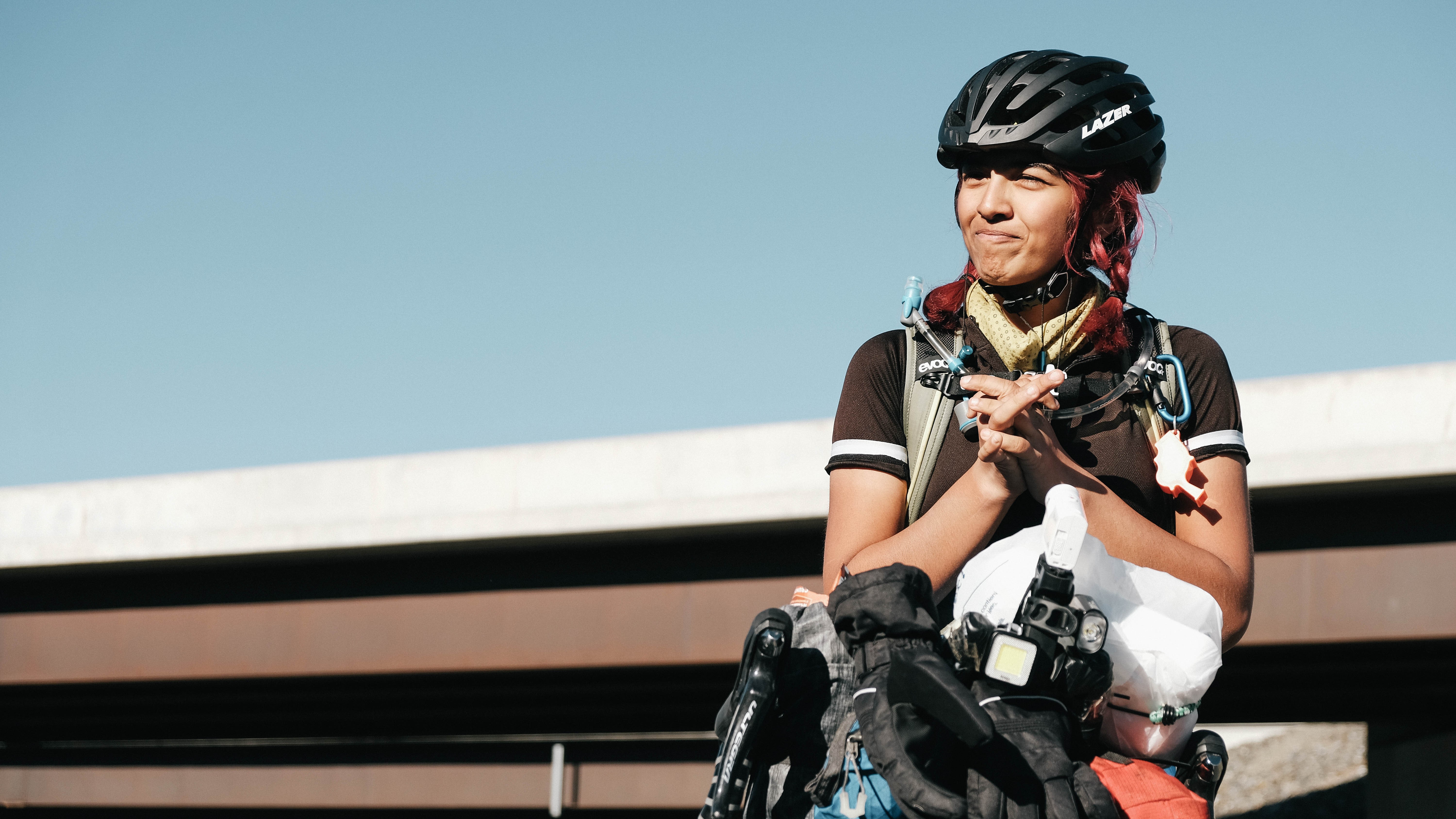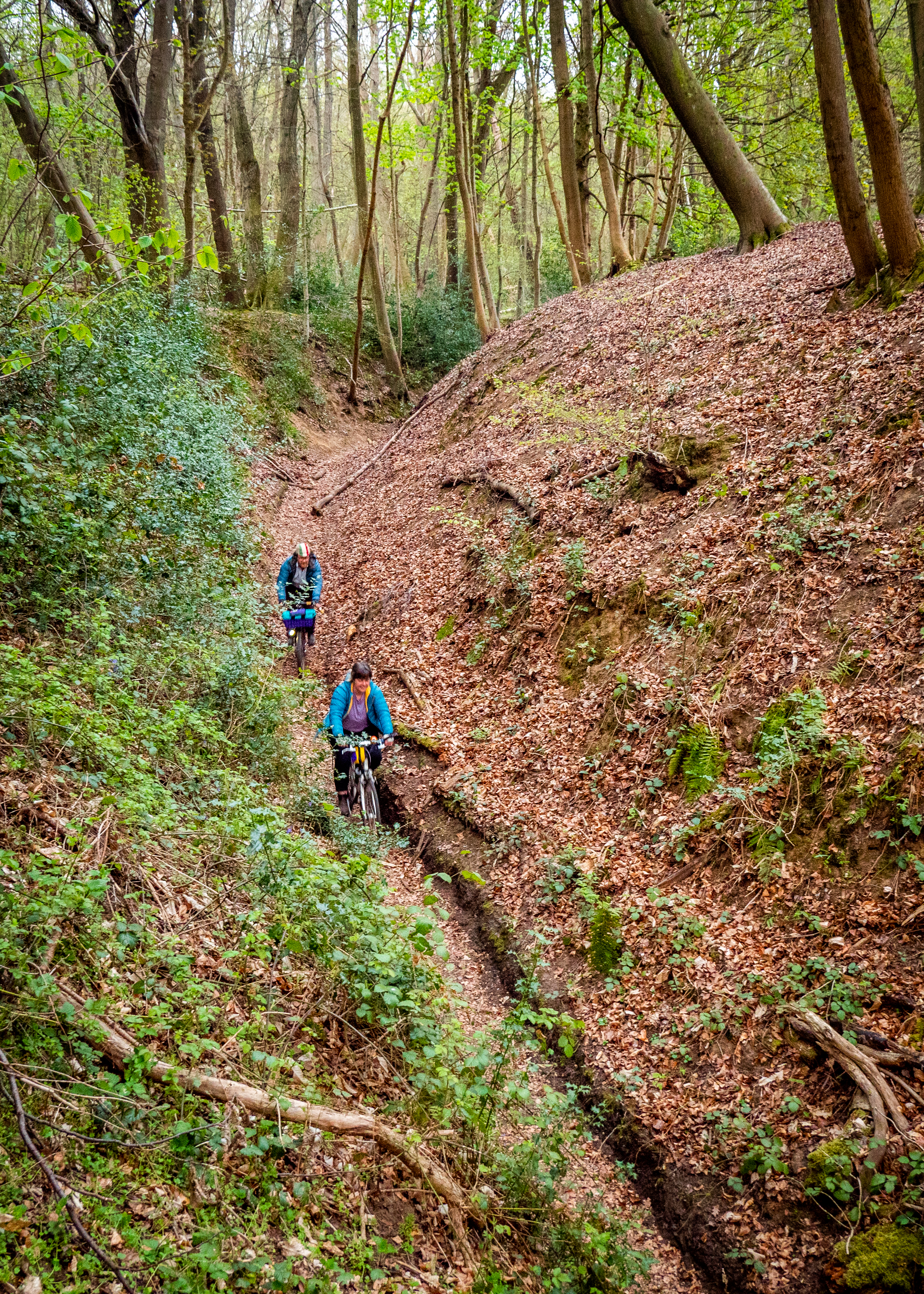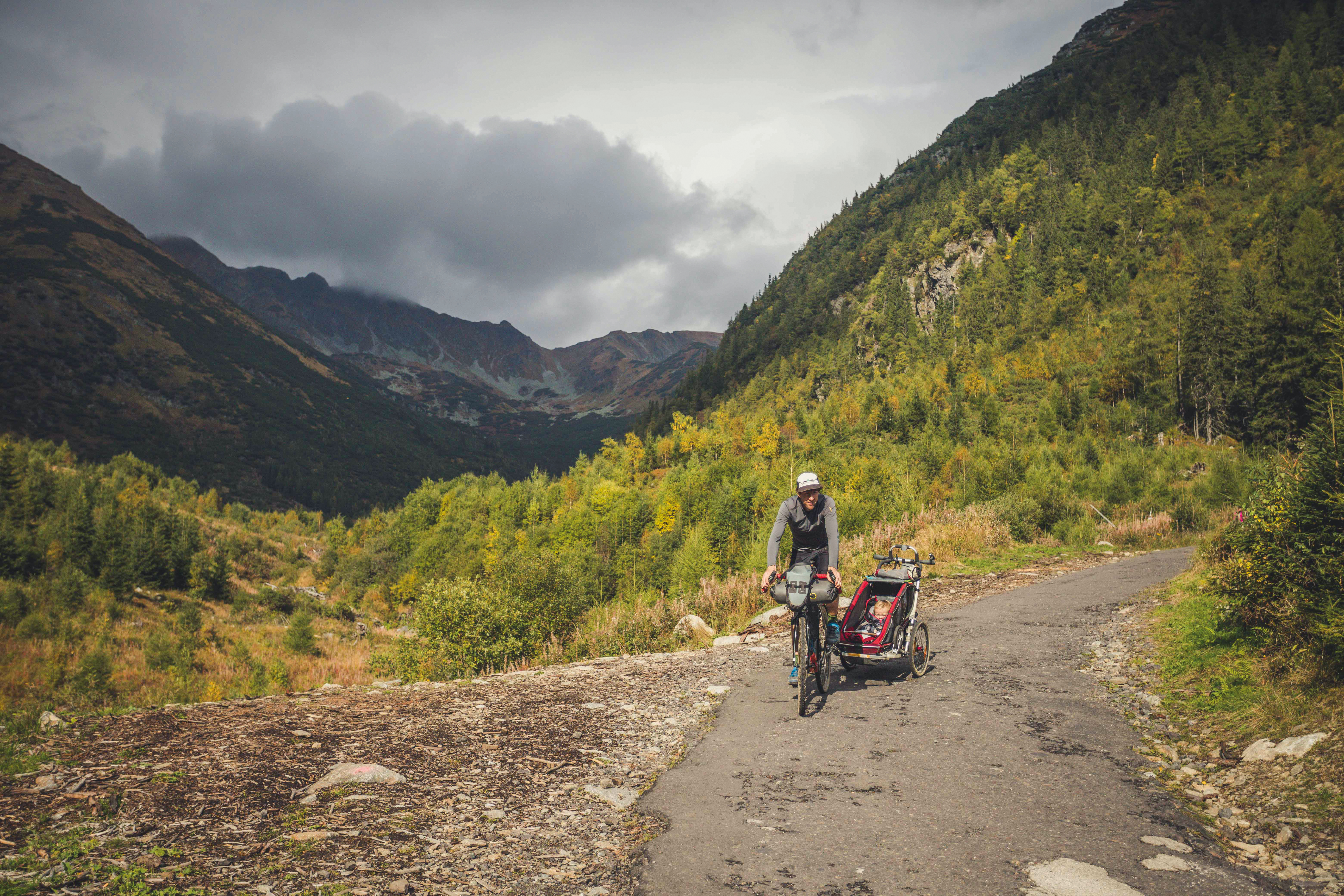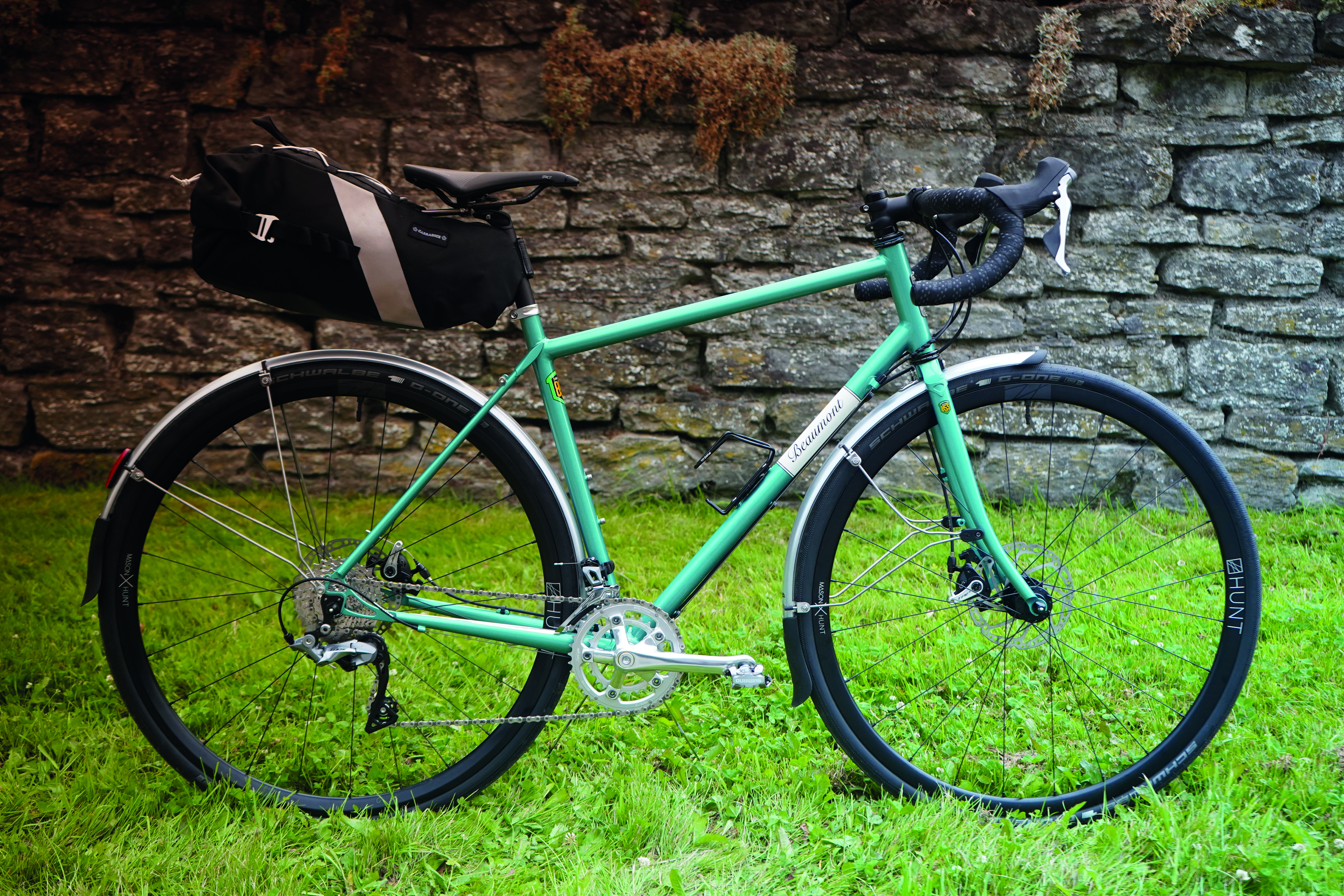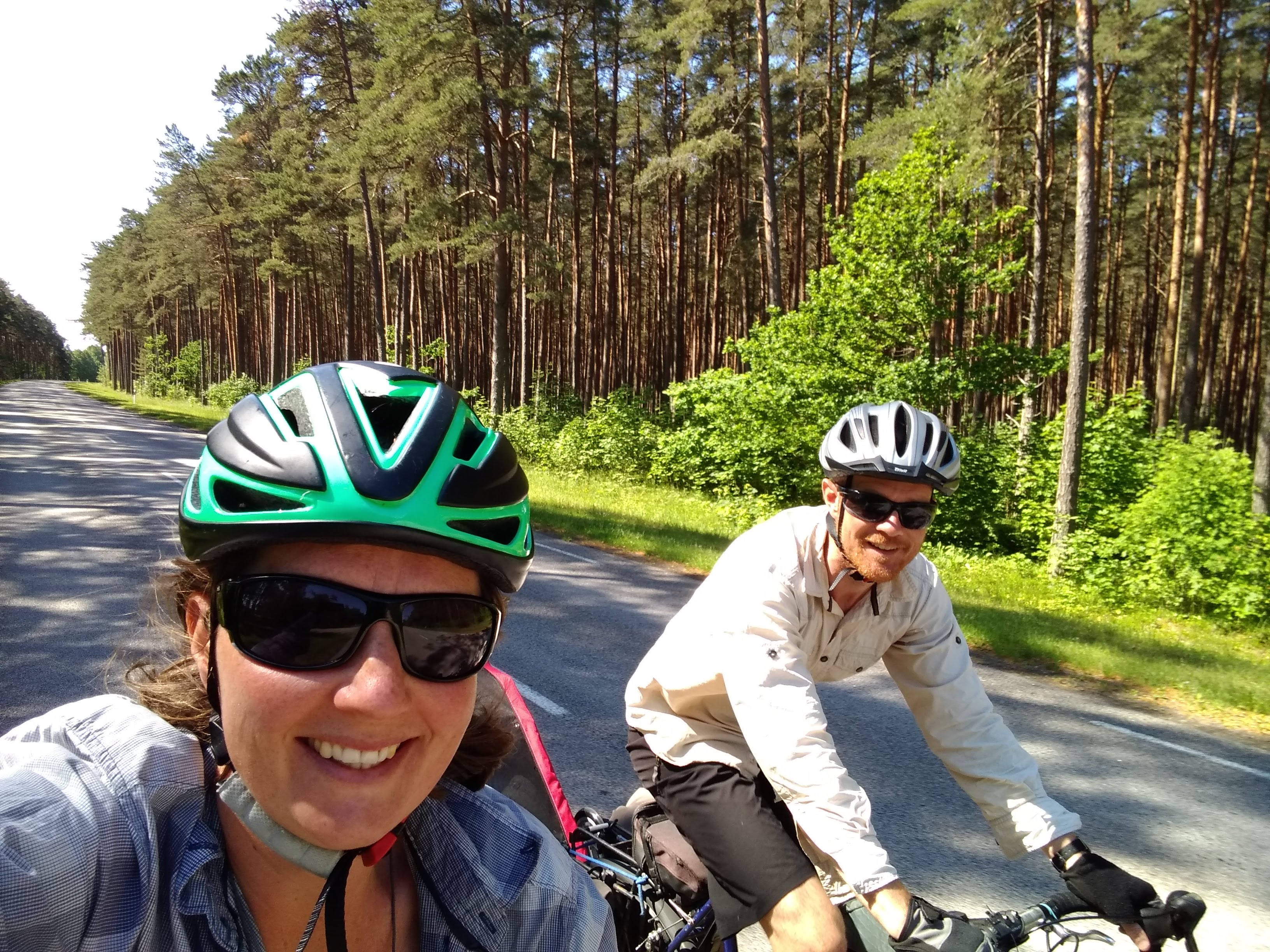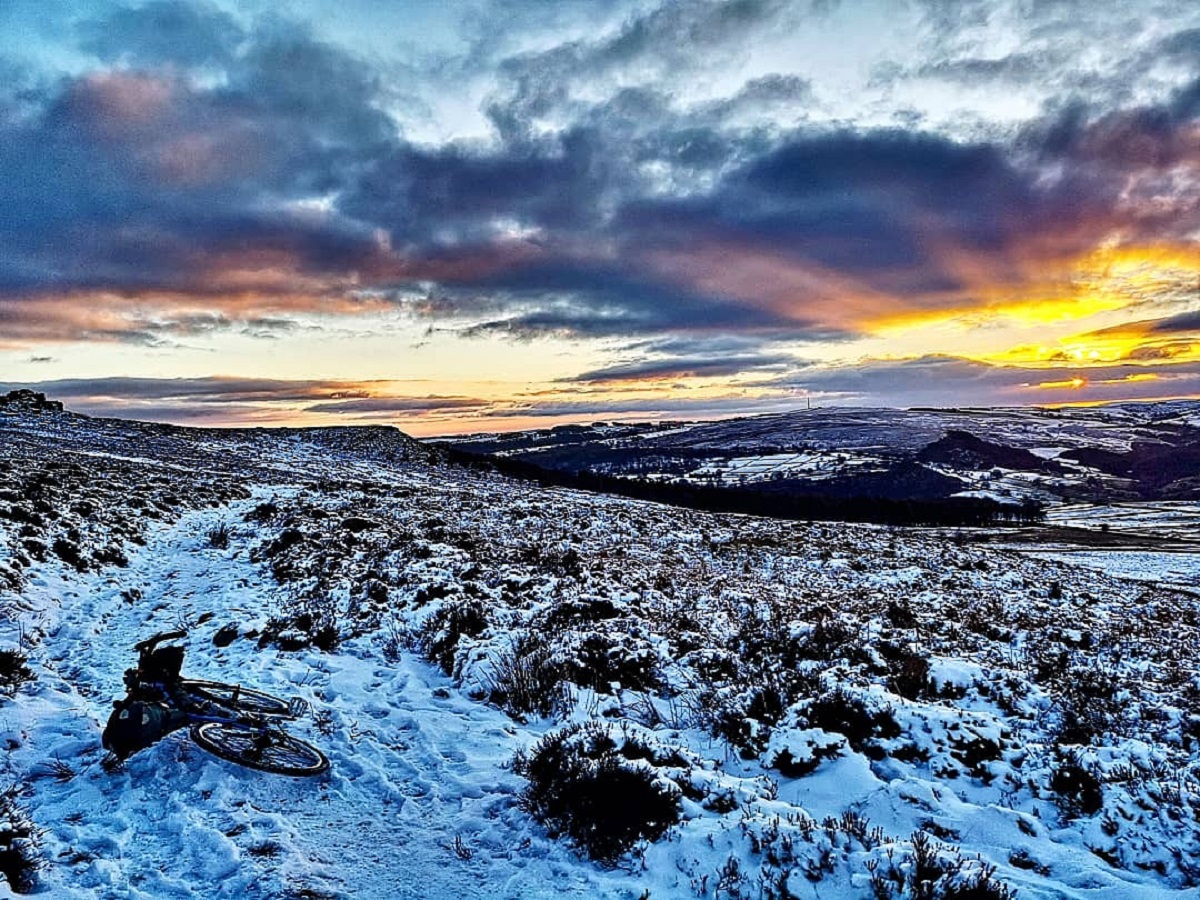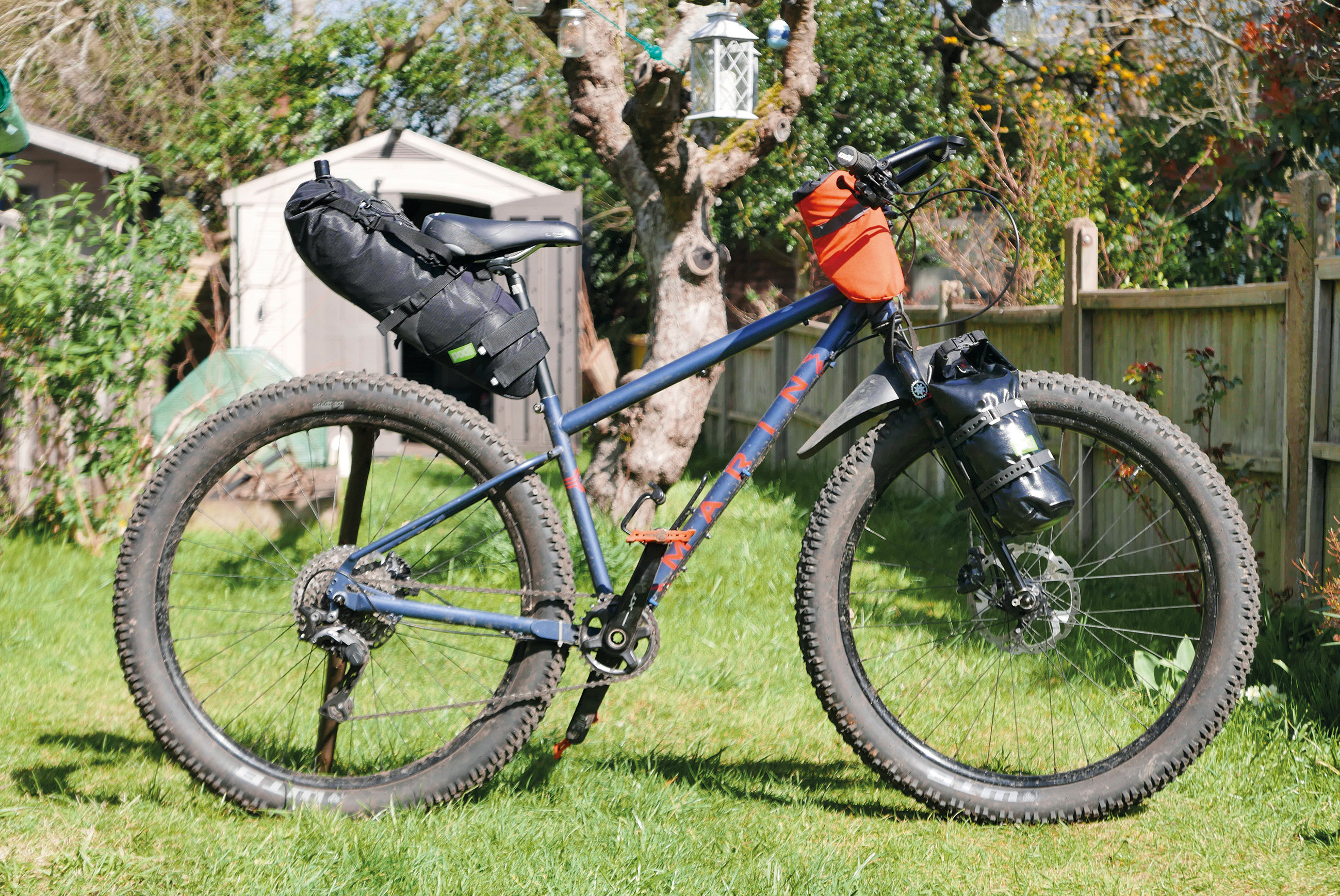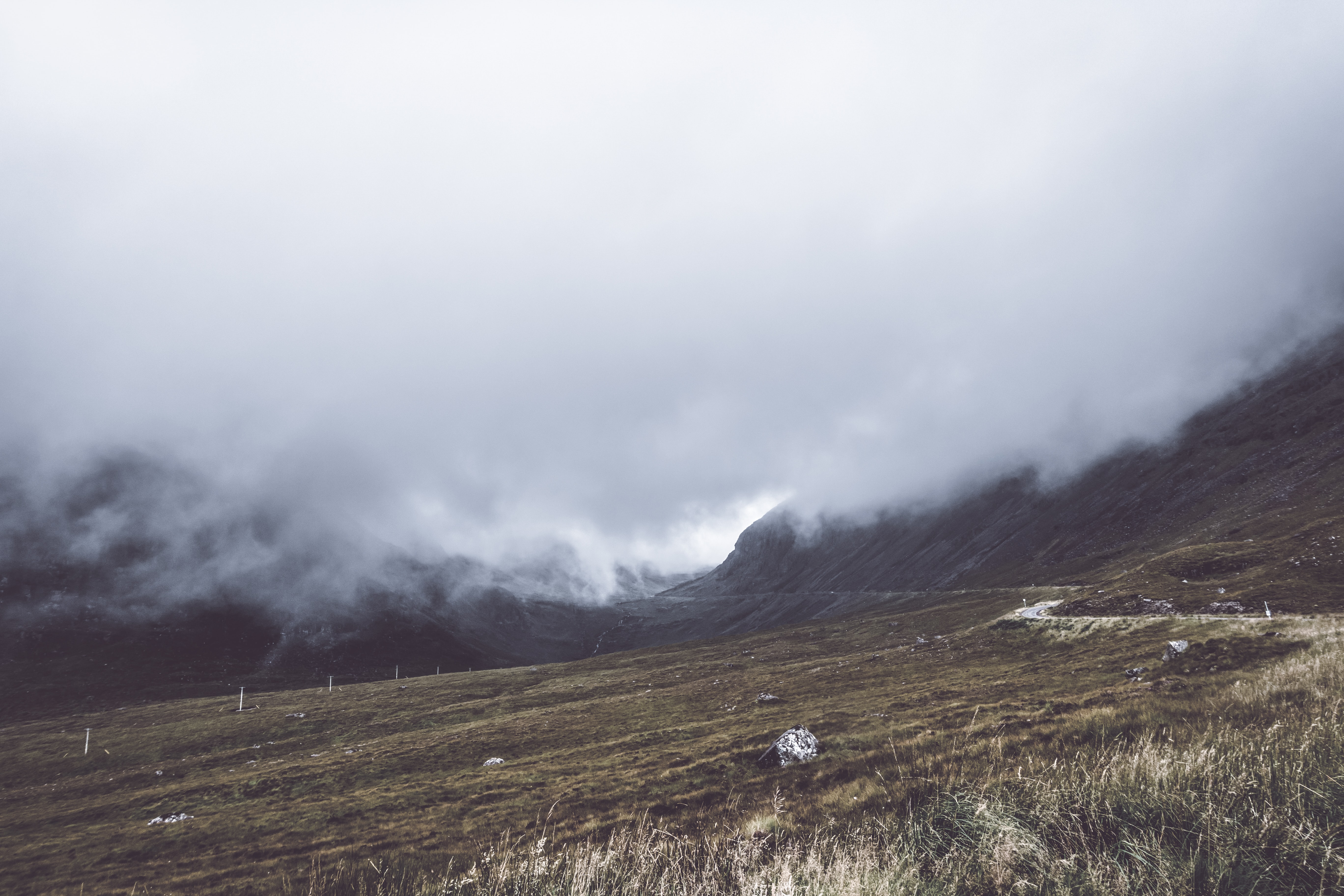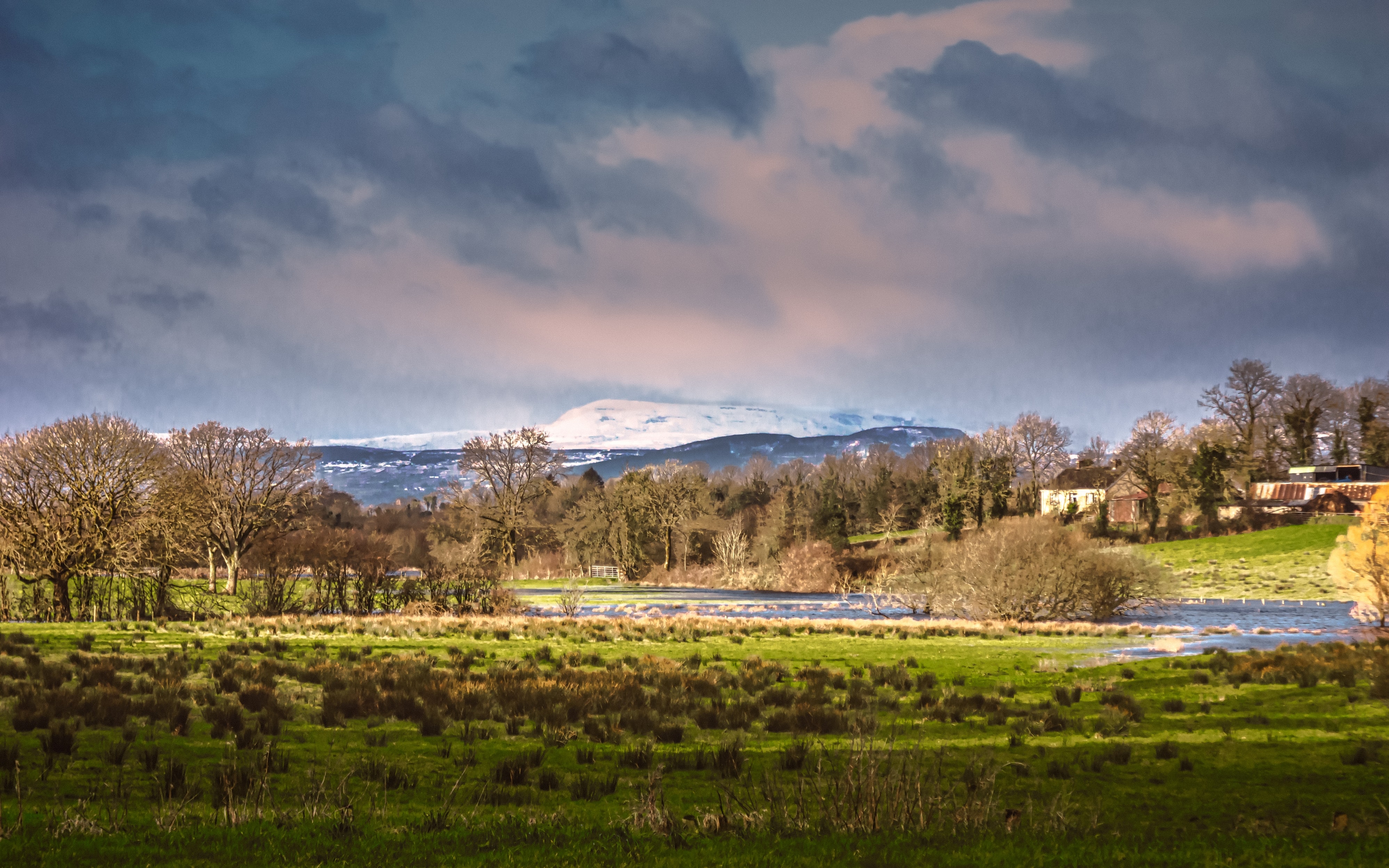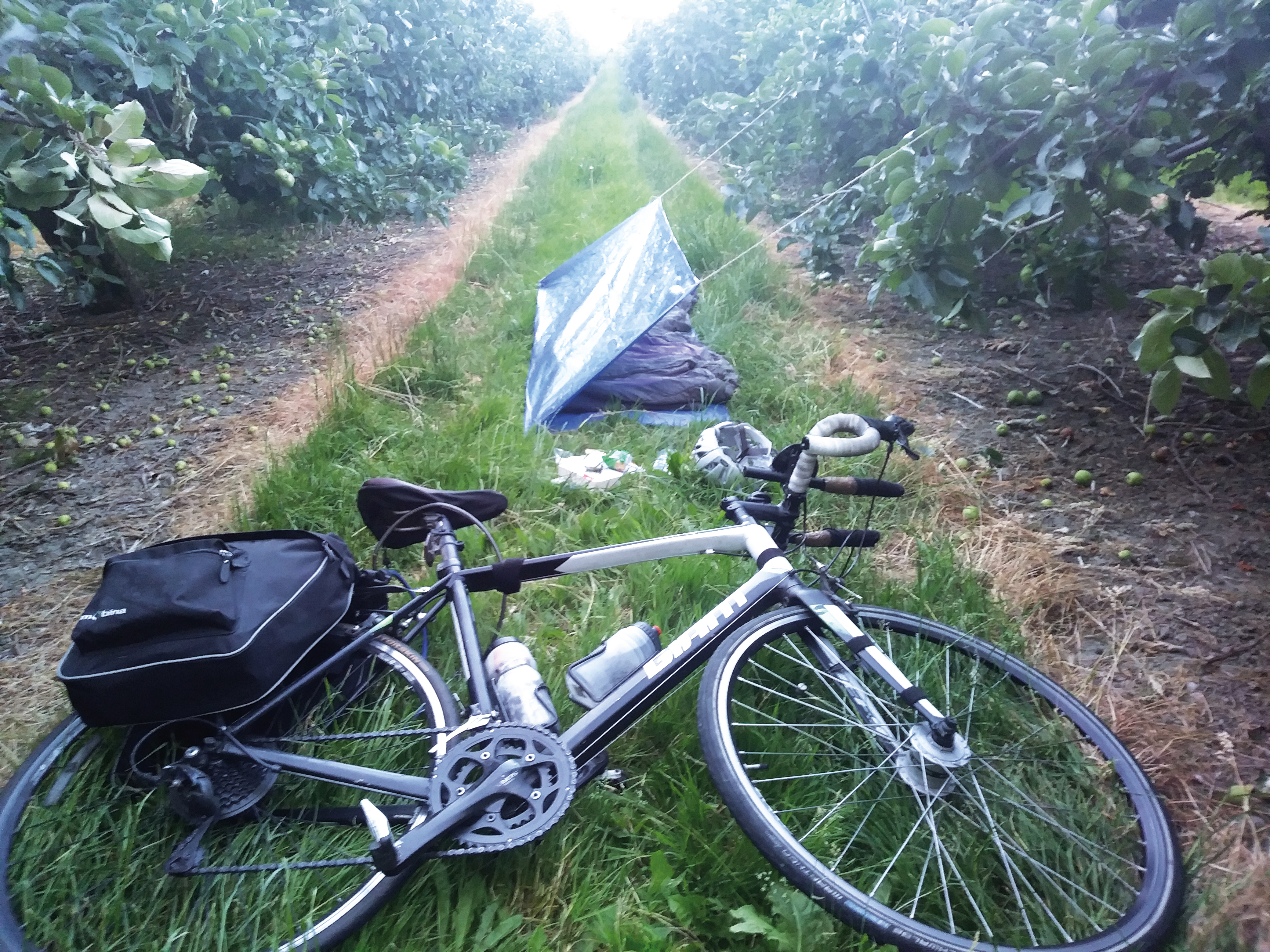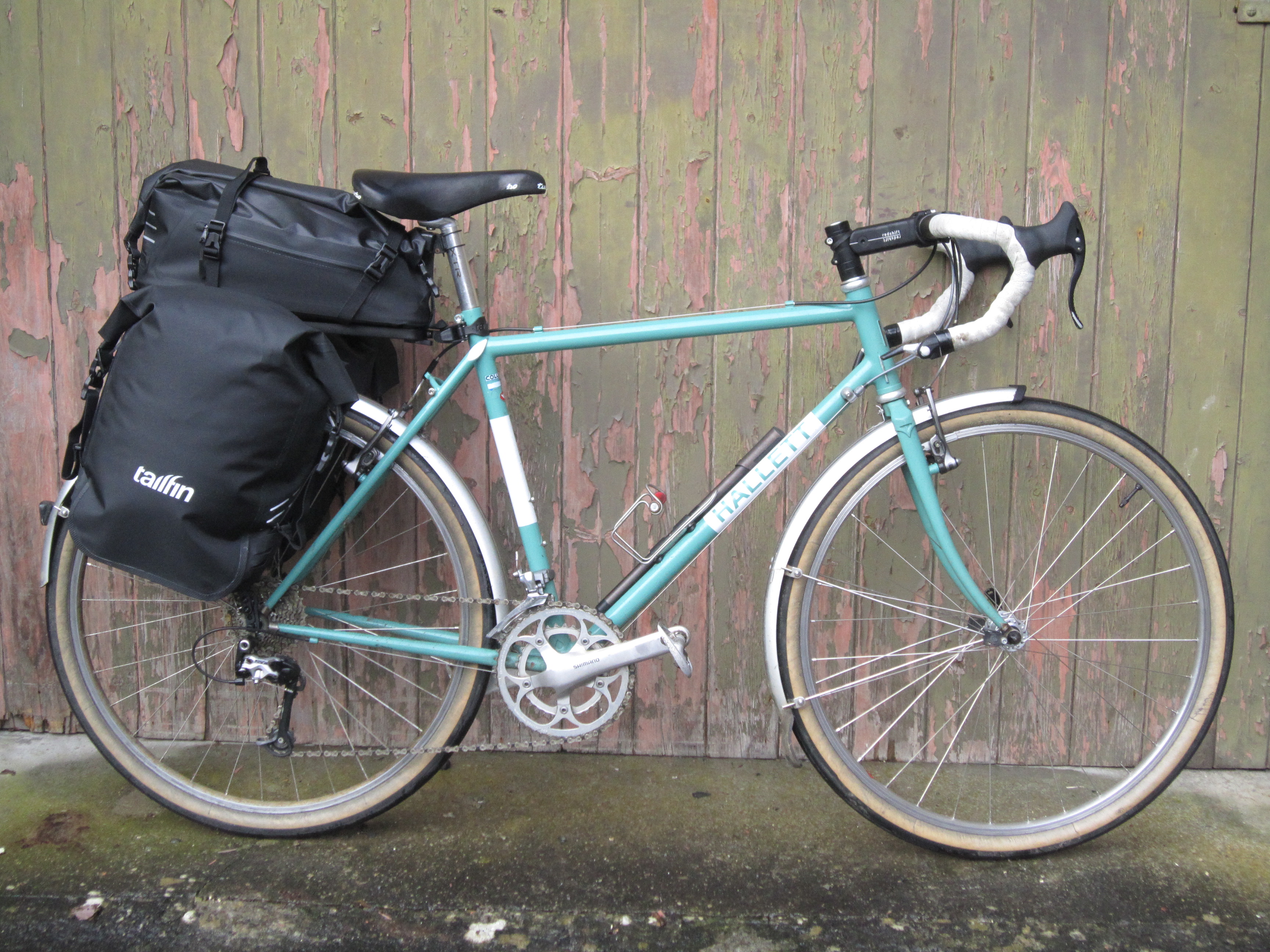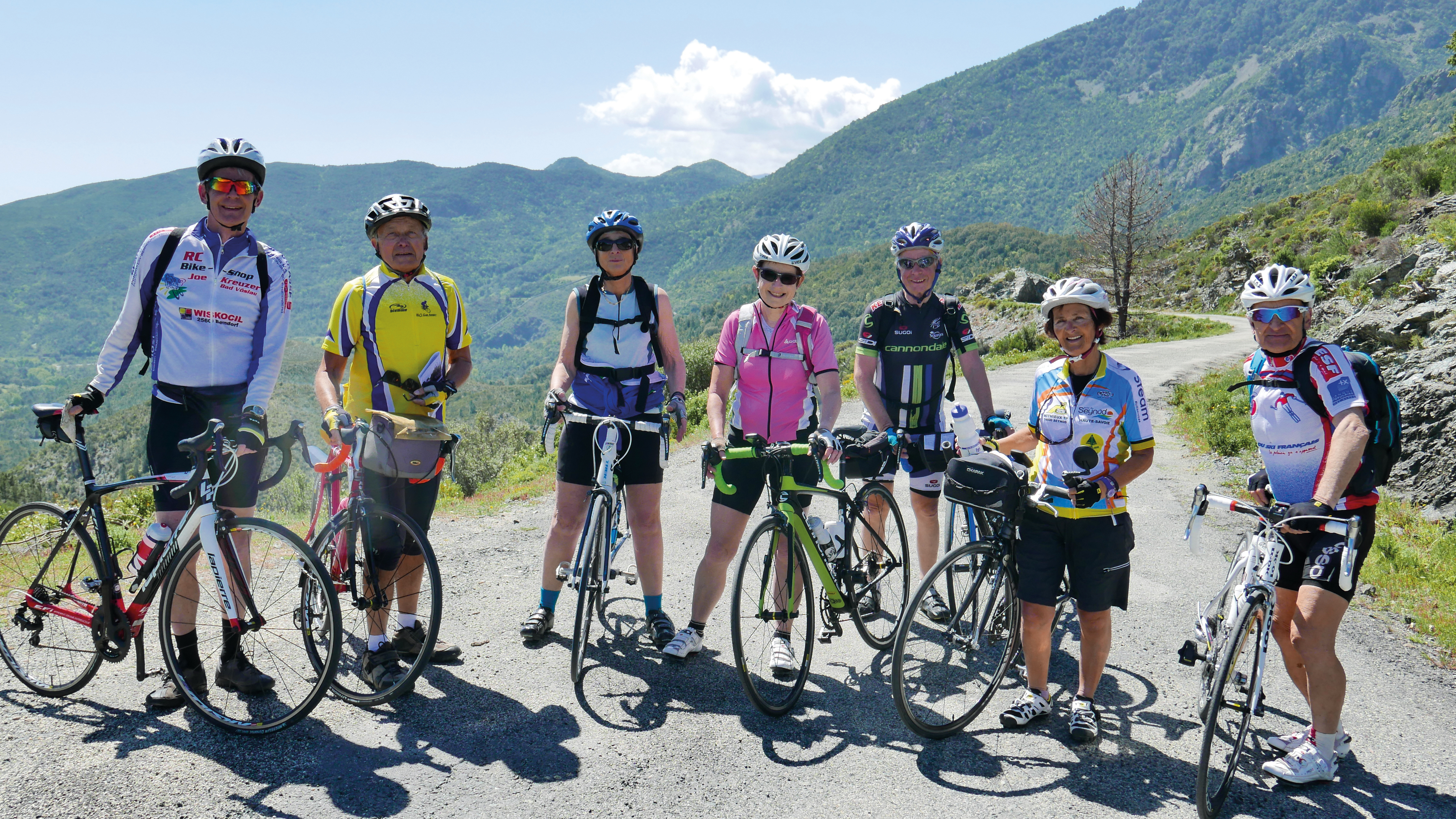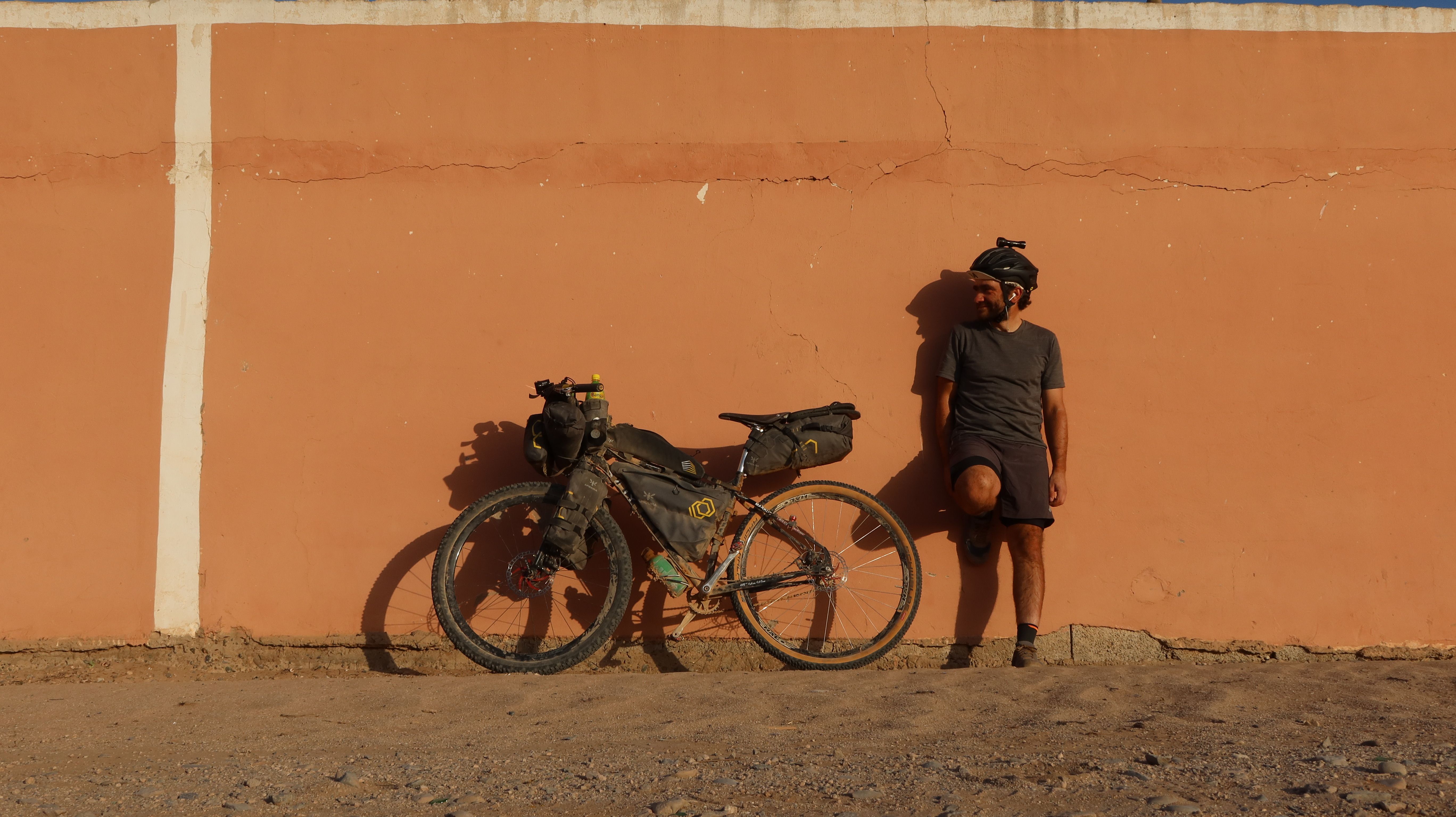Tent, bivvy or hammock - what’s best for bikepacking?
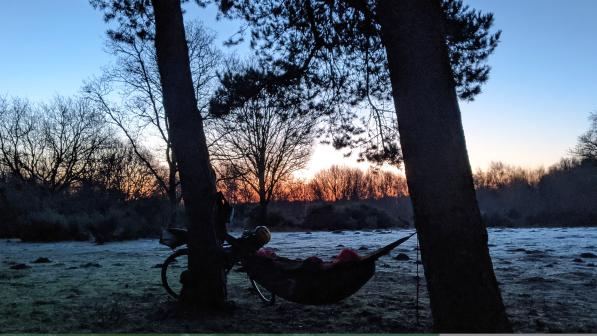
When it comes to bikepacking, there’s a world of options, not just limited to what kind of bike is best, but also about clothing, cooking equipment, sleeping systems - the list goes on. One hotly debated topic is the choice of sleeping arrangements, with tents and bivvy bags often fighting it out for top spot.
Of course, the best choice for you is very much dependent on what kind of trip you’re planning and your personal preferences too. Here we’ll take a look at the three main options; tents, bivvy bags and hammocks, and explore the benefits and drawbacks of each, so you can select the best bikepacking overnight kit for you.
Tents
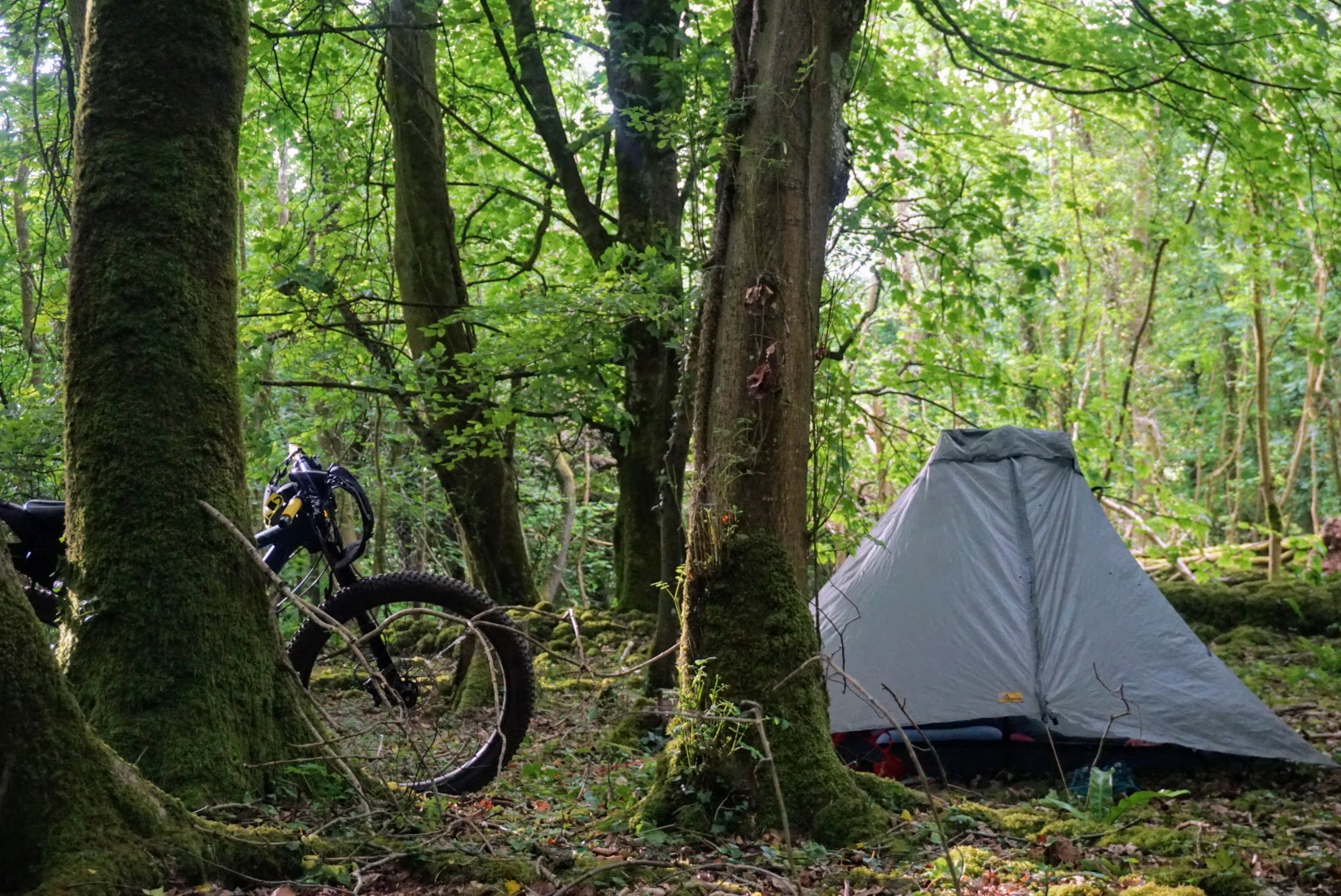
A tent is perhaps the most traditional camping option; although modern lightweight bikepacking tents can be far from old-fashioned. These small options are designed to be as light as possible and pack down small for storage on the bike, where you can easily separate different parts of the tent to make packing easier, too.
If you’re sharing a tent with a friend, you can split the load between the two of you, which might also give you a roomier option compared to a one-person tent each.
One of the main advantages to a tent is that you’re much more protected from the weather compared to using a tarp with a bivvy or hammock, which is a strong consideration, especially in the UK!
Tents can also offer much more privacy, which might be an advantage on longer tours, for example. If you’re camping in an area like Scotland in the summer where midges are rife, tents offer a great sanctuary from these nibbling nuisances.
Although a tent is likely to take a little longer to pitch compared to other options, you won’t need any other structural support apart from the earth to peg the tent and guy-ropes down into. This means you can be much more flexible with where you choose to camp.
When it comes to cost, a tent is likely to be more of an investment compared to other choices. You can get a one-person tent from £55 (Vango Soul 100, 1.8kg) and two-person tents from £60 (Vango Soul 200, 2.17kg), although most are a couple of hundred and range enormously up to the £1,000 mark. As your budget increases, you’ll find designs that pack down smaller, are lighter or are more robust.
If you’re new to bikepacking or touring with a tent and would like to try one without spending hundreds, check out online second hand sales - you might just get yourself a bargain!
Bivvies
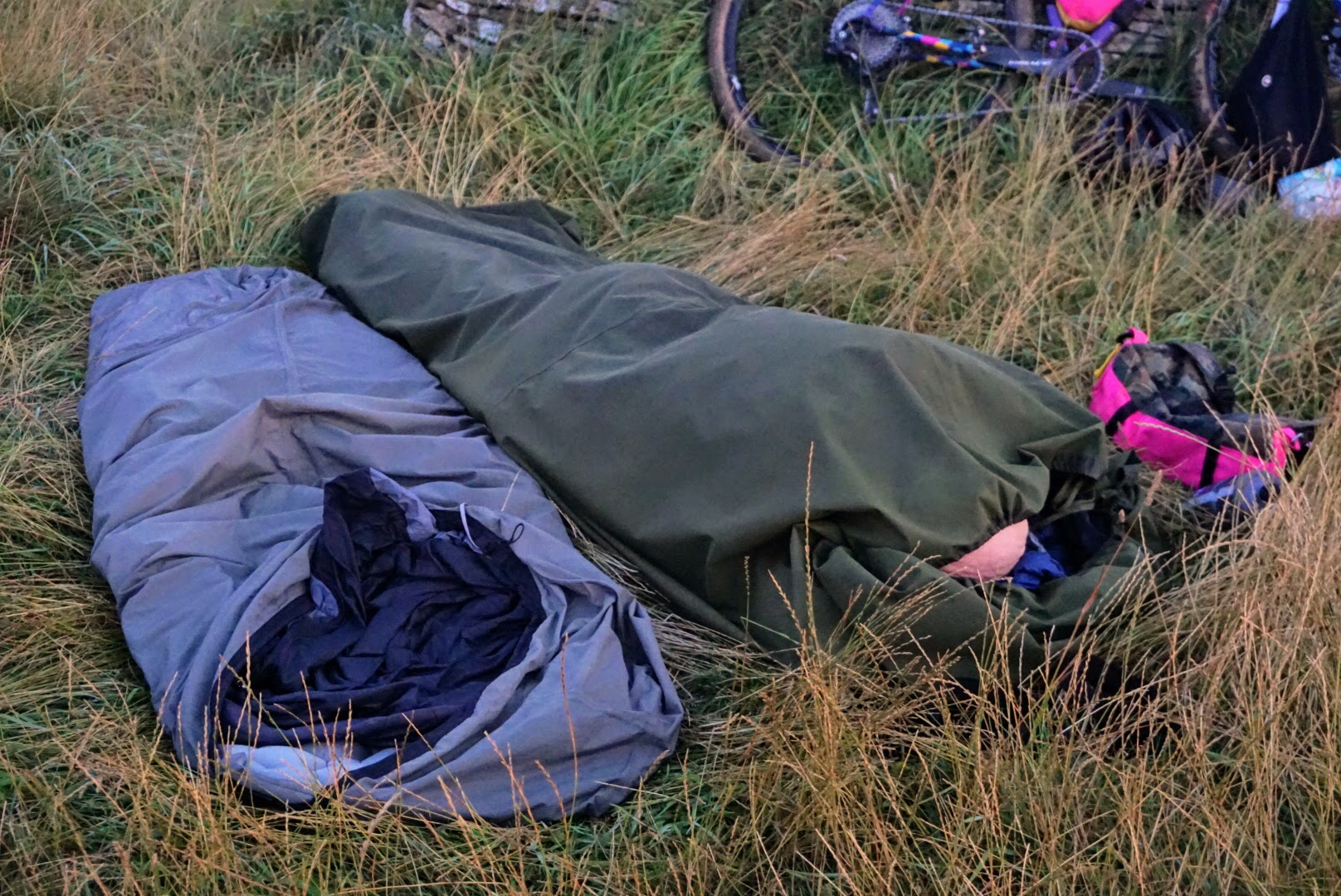
A bivvy bag, or bivouac is a lightweight piece of kit that transforms your sleeping bag into a shelter for the night. On dry nights, enjoy gazing up at the stars from your cosy bed or rig up a tarp using trees or a bike to give shelter from the rain or wind in more wild conditions.
One of the beauties of a bivvy bag is that you can roll it out almost anywhere. You don’t need to peg in or secure against anything (unless using a tarp overhead of course), and you can combine it with other natural or man-made shelters that you find too. They’re much lighter and typically cheaper than a tent too, with a standard Alpkit Hunka weighing in at just 400g and retailing at £50 (check out army surplus stores too for slightly heavier bargains).
As well as your sleeping bag, you’ll need a roll mat or inflatable mat too, just like with a tent.
There’s not much wiggle room in a bivvy bag though, so you lose the privacy for getting changed. Some bivvy bags feature hoop poles as a sort of halfway-house between tents and bivvy bags like the Terra Nova Jupiter Lite, which means you can zip a cover over your face for the night to stop the rain and any bugs! Not for the claustrophobic…
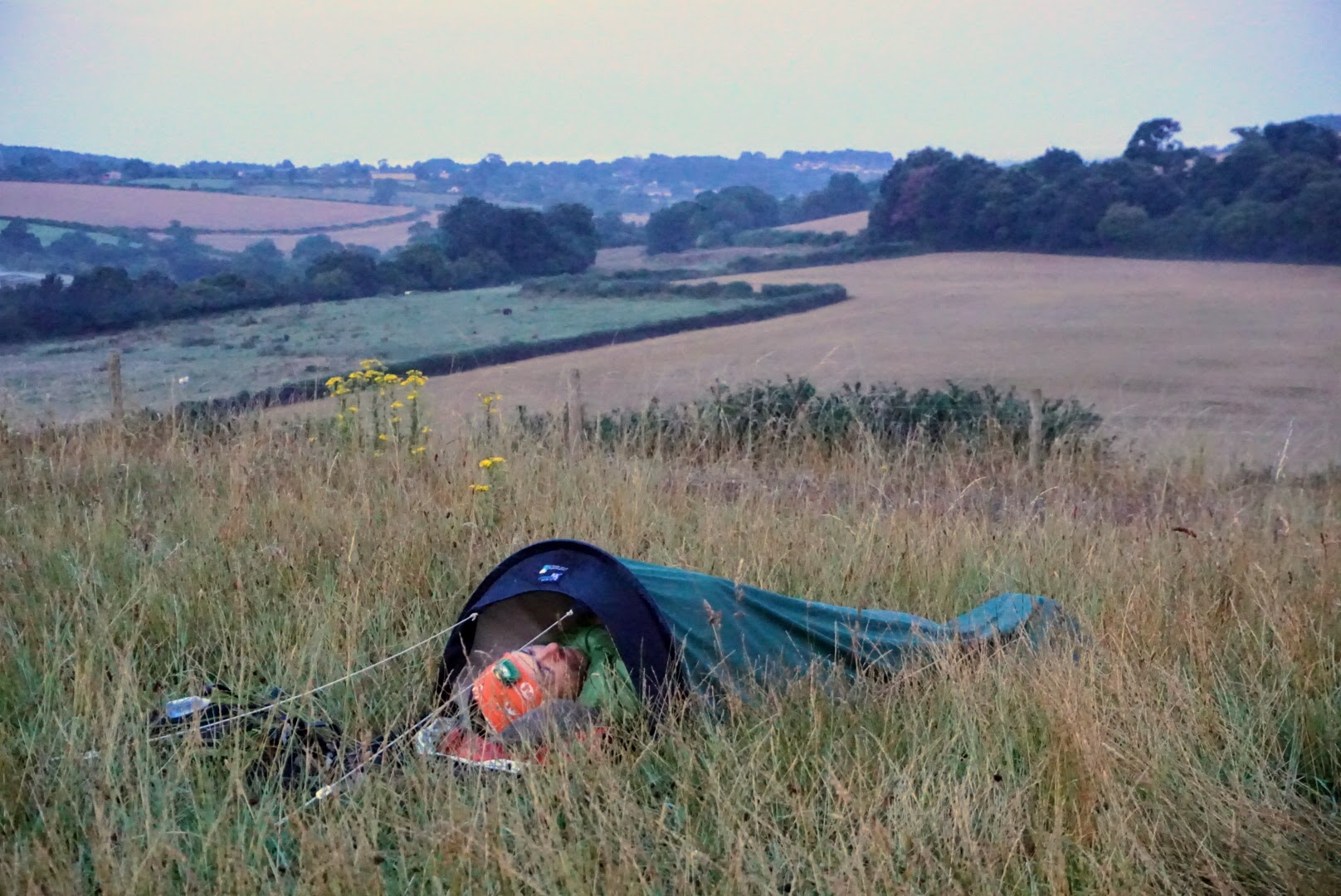
Hammocks
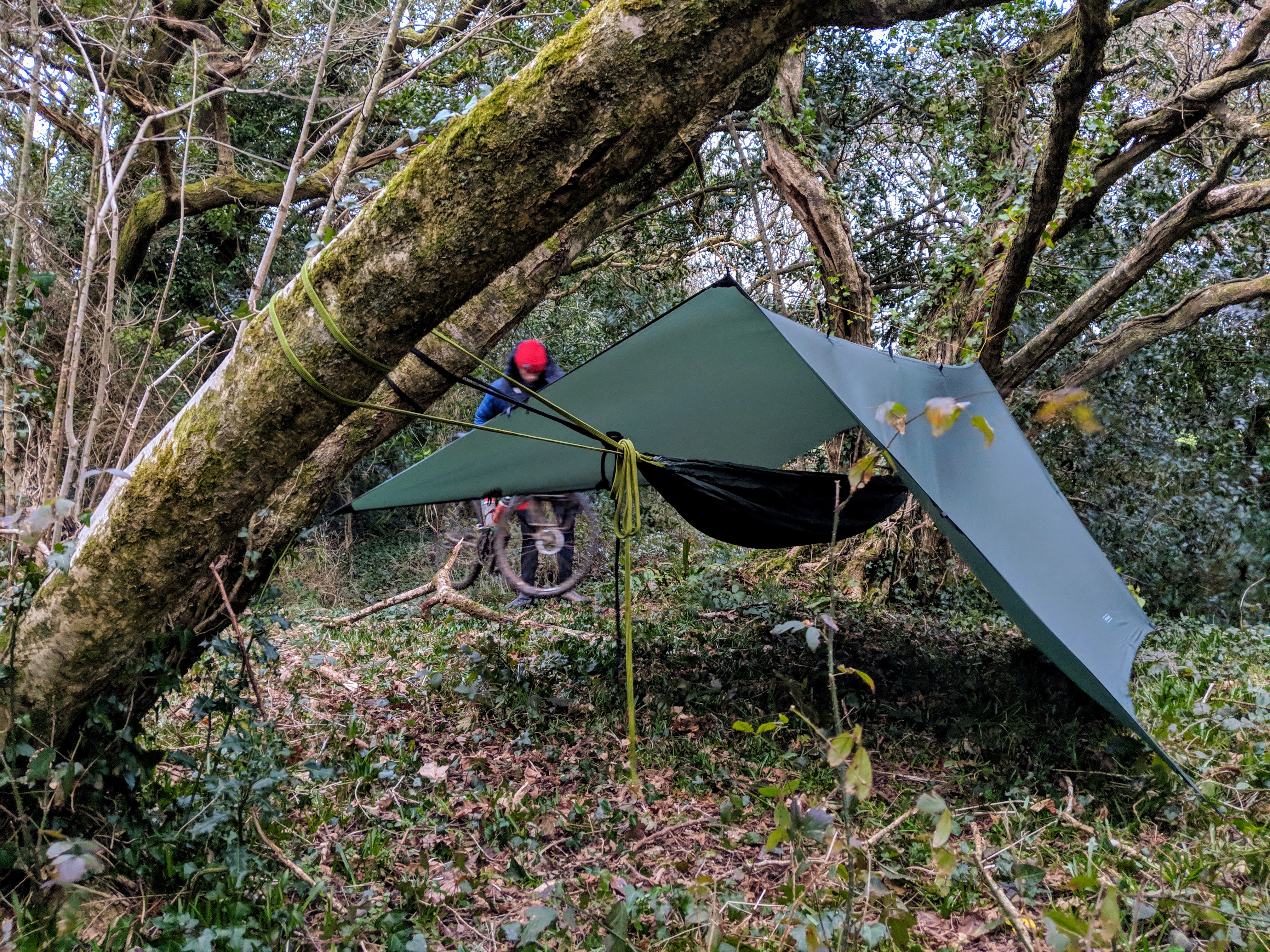
A third, and perhaps much less popular option in the UK is the humble hammock.
Unlike the striped fabric, wooden poles and roped affairs that often adorn gardens, a camping hammock is a much more simple affair, typically a large ripstop nylon sheet with ropes at either end for securing to anchoring points.
Your first consideration when opting for a hammock will be where you can tie up for the night. Of course a woodland will provide many options for well-spaced trees, and often a little more shelter from the wind and rain.
You can surprisingly tie a hammock to all manner of things, but to be on the safe side I find that it’s best to stick to trees. To make sure you’ll have somewhere to sleep, it’s best to end your riding stages near woodland and you can always call a campsite in advance to see if they’ll be able to accommodate you.
Just like with a bivvy, a tarp comes highly recommended with hammock camping, but unlike the other two options, a mat is optional.
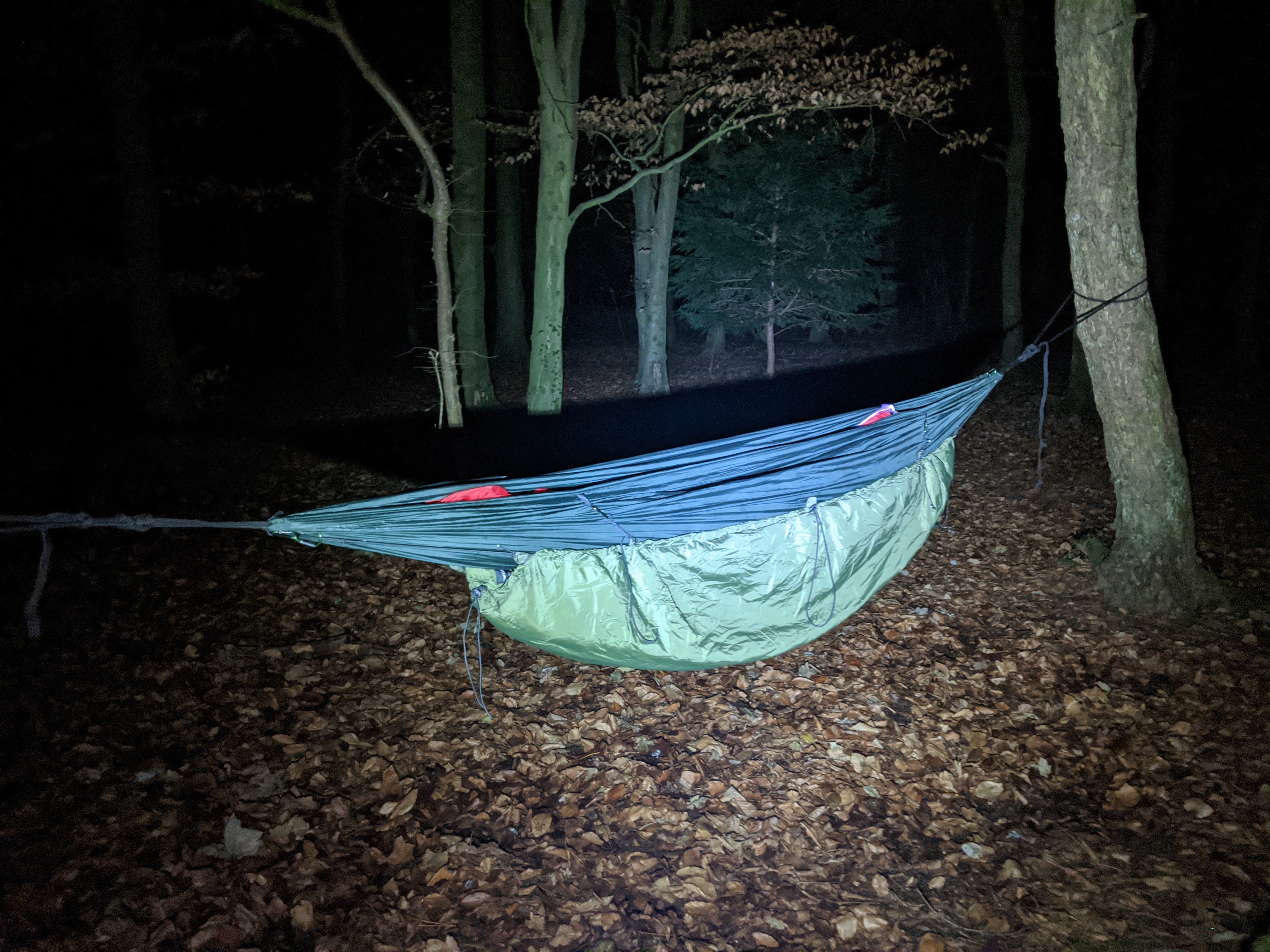
Personally, I find that I’m really comfortable sleeping in a hammock without a mat or pillow, although you can get a cold chill on the thighs if it’s breezy or cold. To combat this, in the winter months I use an underblanket which hangs under the hammock to trap a layer of warm air (DD Hammocks, £49, 950g). Alternatively, some people opt to use a mat inside their hammock.
Hammocking is a great way to camp if you’re on a budget, with DD Hammocks offering options from as little as £27.
You’ll likely need to add a tarp in for British touring at least, and learn how to tie a simple knot too, but it’s otherwise a very simple and lightweight way to camp off the ground.
The choice is yours
Ultimately, the best sleeping kit for you will depend on where you’re heading, how long for, what the weather conditions will be like, as well as your personal preferences and budget limitations.
Although the costs might seem to stack up for bikepacking equipment, this doesn’t need to stop you; search for second-hand kit or borrow from friends until you figure out what’s best for you.
Katherine is a gravel and bikepacking enthusiast based in the South West, and the editor of adventure cycling journal ADVNTR.cc and host of the Unpaved Podcast.


